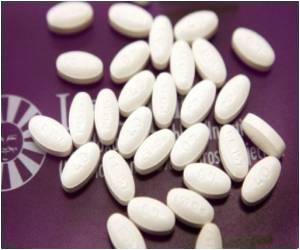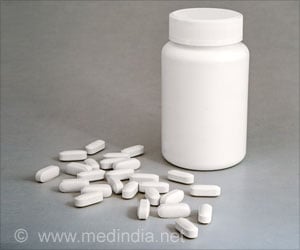Statins, the well-known blockbuster cholesterol-lowering drugs, may have another use after two Perelman School of Medicine microbiologists found a way to use statins to fight the hantavirus.

This is not the first time that cholesterol-related proteins have been implicated in viral entry and infection but Bates says, "the hantaviruses seem to be exquisitely sensitive to the cellular cholesterol levels."
The four proteins identified by the Penn researchers are part of a protein complex that regulates cholesterol production in the cells of mammals. They found that treating cells that originated from human airways with an experimental drug that targets one of the four proteins made the cells less susceptible to infection. The experimental drug also lowers cholesterol levels in cells, so Bates wondered whether statins could be used to fight a hantavirus infection.
The researchers found that pre-treatment of human airway cells with a generic statin called mevastatin, which lowers cholesterol by a mechanism that does not involve the four proteins they identified, made the human airway cells less susceptible to ANDV infection. They tested both the experimental drug, PF-429242, and mevastatin, and both were effective against hantavirus, as measured by how many cells are infected with and without the drugs.
Bates surmises that statins might be given after a known hantavirus infection, or even prophylactically to exposed individuals.
Although the drug inhibition studies initially used the engineered virus, Bates used ANDV itself in high-containment Biosafety Level (BSL)-3 facilities in the Department of Microbiology at Penn to confirm that the results were true for ANDV as well. The next step is to test cholesterol-lowering drugs in an animal model for ANDV infection, working with collaborators to perform the animal studies in a BSL-4 at a national facility.
Advertisement
Source-Eurekalert











